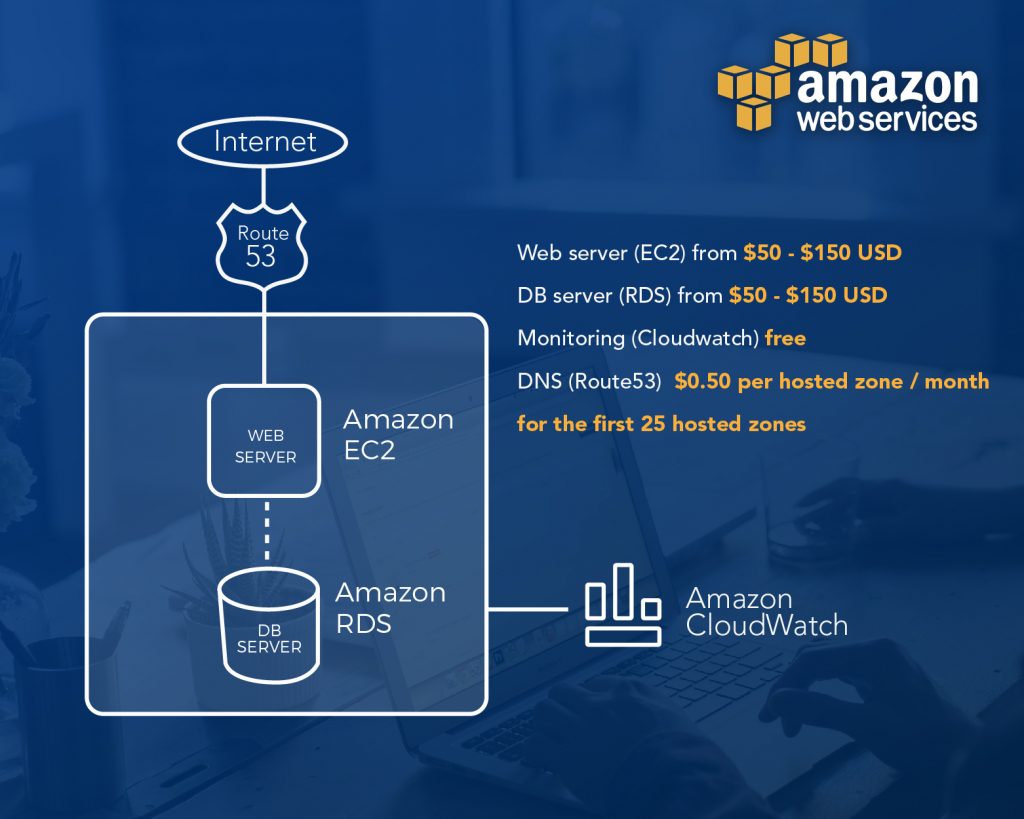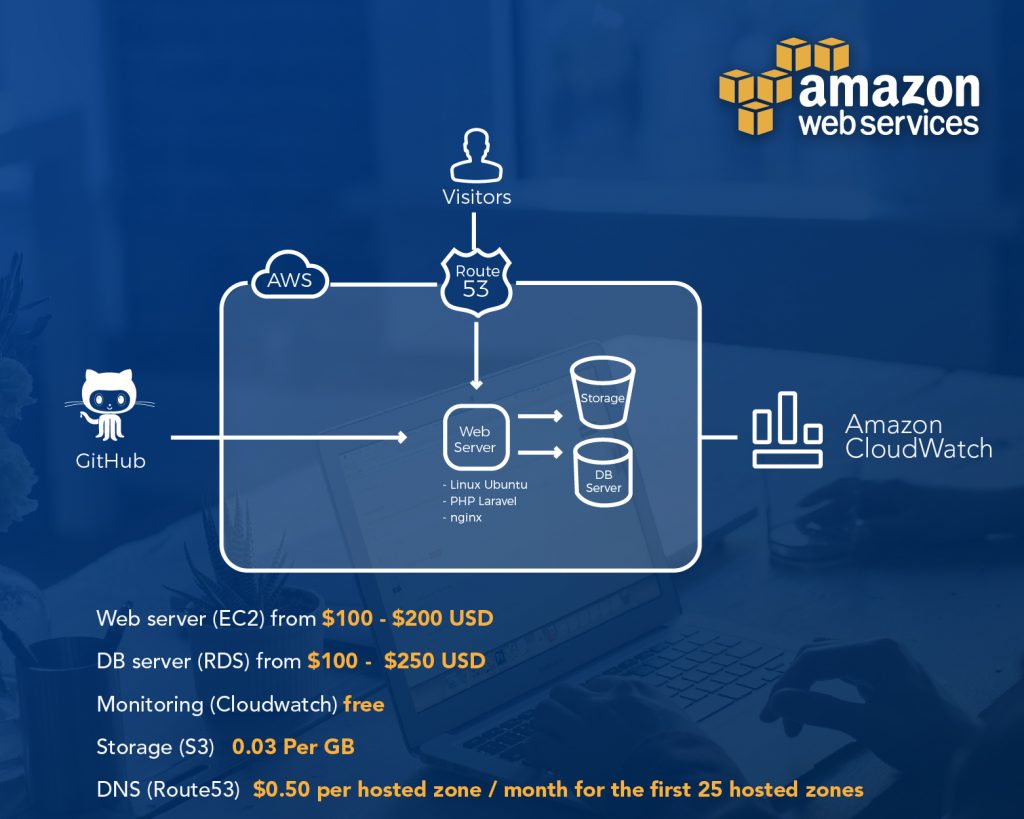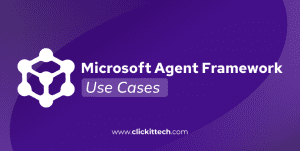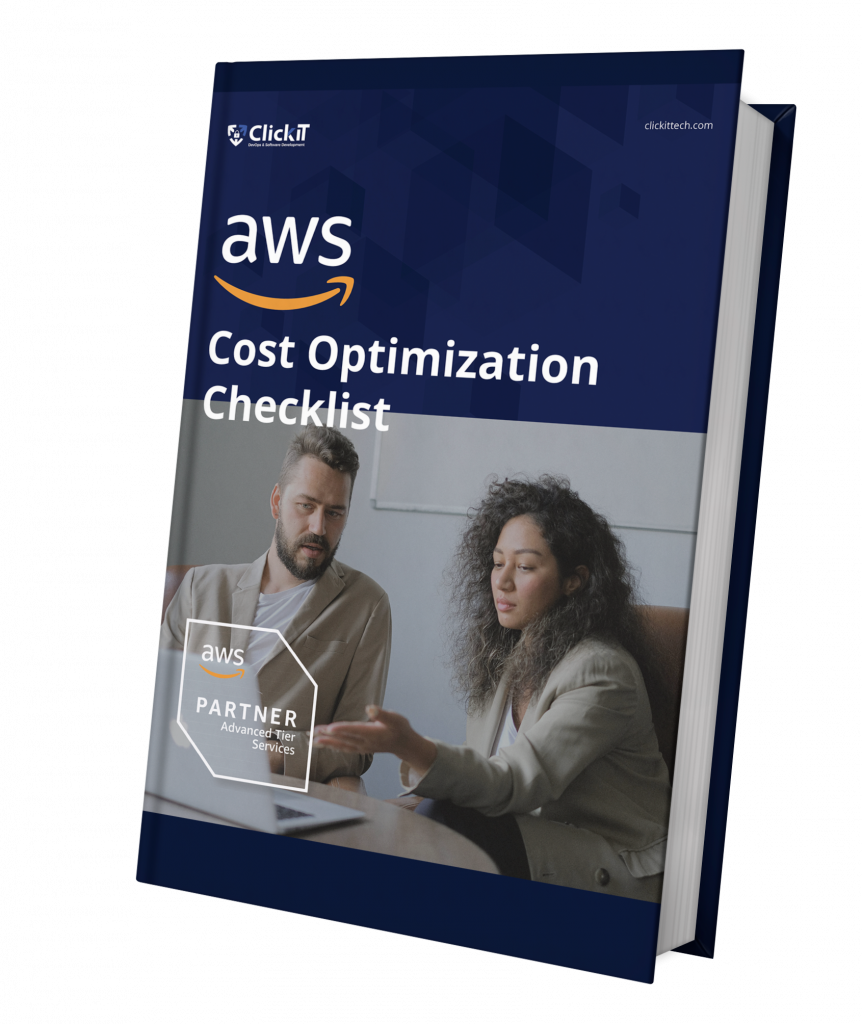Migrating to the cloud is a crucial step for any company, as it provides greater flexibility and agility in their processes, along with numerous additional services. The AWS pricing often increases over time after the migration.
Get a completely FREE guide on reducing costs on AWS. AWS isn’t expensive; it means that our resources are not being adequately controlled.
AWS pricing has evolved to remain flexible and cost-effective. This guide provides the essential 2025 prices for key AWS services, including EC2, S3, EBS, ELB, and data transfer, along with simple examples of monthly costs for basic, intermediate, and advanced setups. We’ll also highlight a few top tips to optimize expenses so you can make the most of AWS in 2025.
- What AWS Pricing Changes Did We See in 2025?
- What AWS Pricing Changes Are Expected for 2026?
- How does AWS Pricing Work?
- Example AWS Architectures with Costs
- Example Monthly Costs for Different Environments
- Top 5 AWS Cost Optimization Tips for 2025
What AWS Pricing Changes Did We See in 2025?
AWS implemented multiple price reductions to make cloud services more affordable. Notably, Amazon S3 Express One Zone storage costs have dropped significantly, with storage prices falling by -31%. PUT request fees are down 55%, and GET request fees are down 85%, as of April 2025.
Amazon EC2 also became more affordable for AI workloads: NVIDIA GPU-powered instances (P4 and P5 families) saw On-Demand rates reduced by up to 45% in June 2025, lowering the barrier for GPU-intensive generative AI tasks.
Additionally, AWS fine-tuned its pricing policies (for example, eliminating charges for specific S3 API error responses, such as AccessDenied) to prevent unnecessary costs for customers. All these changes reflect AWS’s practice of passing on its efficiency gains to users via lower prices, directly reducing cloud bills for 2025.
What AWS Pricing Changes Are Expected for 2026?
While AWS hasn’t announced specifics for 2026 yet, further cost reductions and flexible pricing options are anticipated based on ongoing trends.
AWS historically lowers prices as it achieves greater economies of scale, so experts expect additional price cuts in 2026, potentially in storage, data transfer, or newer services, as AWS infrastructure becomes more efficient.
We may also see new instance types with better price-performance (for example, next-gen compute or AI instances that offer more output per dollar) and expanded savings plans or discounts to better adapt to customer needs.
Moreover, with rising competition and cloud cost awareness, AWS could introduce simplified pricing models or larger free-tier benefits in 2026 to remain attractive.
How does the AWS Pricing Work?
AWS hosting costs vary and depend on the service you are using. Different methods can calculate these prices, but the main one is based on the time of usage. As AWS says, you pay for what you use. Hours are the main factor in this method, followed by the minutes and seconds of use of certain services.
In this case, I’m going to detail different services located in the US East—Virginia region. I.
The services we are always going to see on our AWS bill will be the basic ones:
Storage
- EBS – $0.08 USD GB per hour
- S3 (Standard Tier) – $ 0.023 GB per month(First 50 TB)
Computing power
In summary, I will use servers and services to process all our application’s information.
- EC2 (Price depends of our server type, starting from 5 USD to over 150 USD x month)
- Load Balancer ( 16.2 USD x 750 hrs)
- Elastic IP (3.6 USD per month)
Download our FREE AWS Cost Optimization Checklist
Networking
Amazon charges all the data that is transferred outside of their own network, that is to say, that everything that we want to move in and out of AWS will cost us. This is one of the primary services that shows our bill, and there are different costs:
- Inbound traffic – It’s free
- Outbound traffic – Starting with 0.09 per GB <10 TB
I should mention that Amazon’s traffic (between instances, services, and regions) is cheaper than the traffic handled outside of Amazon.
A clear example of how costs vary in AWS is Fargate Pricing; read the blog for real-life cases.
Example AWS Architectures with Costs
Basic Environment – (Website Hosting) $100 to $200 USD Monthly

Intermediate Environment – (High Performance Website Hosting) $250 to $600 USD Monthly

Advanced Environment – (Highly Scalable and Available) $600 to $2500 USD Monthly

Of course, all these prices can vary depending on the type of EC2 instance, the type of RDS (if it is multi-region), the traffic/load, the CloudFront caching, the required storage, etc.
Example Monthly Costs for Different Environments
To put it all together, here are three example AWS environments in 2025 and what they might cost per month. (These estimates assume continuous usage; turning things off in off-hours could reduce costs further.)
Basic Small Website – ~$20/month
A personal website or dev/test setup can run on a very low budget. For instance, one small EC2 instance (e.g., t3.small) might be ~$15/mo on-demand, a 30 GB EBS volume about $2/mo, and 50 GB of S3 storage around $1/mo. With light usage, data transfer stays within the free 100 GB. Total ~ $20 per month.
This basic setup covers a single server, storage, and backups, and benefits from the AWS Free Tier if you’re eligible.
Intermediate Web App – ~$200/month
A small production web application with moderate traffic may use a more robust setup: for example, 2 EC2 instances (for load balancing and high availability), an Application Load Balancer, around 200 GB of data storage (EBS + S3), and about 500 GB of outgoing data per month.
In this scenario, the EC2 instances are the largest cost (say ~$120/mo combined if two t3.large instances), the ELB adds roughly $20–$25, storage costs come to maybe $10–$15, and data transfer about $36 (after the free 100 GB). All together you’d be looking at roughly $200 per month for a reliable, scalable small application infrastructure.
Advanced High-Traffic Setup – ~$2000/month
For a high-traffic or larger scale application, costs rise but are still manageable with AWS’s scalability. Imagine a setup with ~10 EC2 instances (across application servers, microservices, etc.), one or two load balancers, around 1 TB of combined storage (data and backups), and ~5 TB of data transfer out to users each month.
The EC2 compute would dominate the cost (for example, 10 m5.large instances ~ $720/mo, or larger instances could be ~$1500+).
Add perhaps $40–$50 for load balancers, about $100 for 1 TB of storage (blended across EBS and S3), and roughly $450 for 5 TB of data transfer (after free allowances).
This brings the monthly estimate to roughly $2000. Deploying on-demand at this scale is still far cheaper than maintaining equivalent physical servers, and you can optimize it further by using savings plans and tuning resources.
(Your actual costs will vary based on instance types, usage patterns, and regions – but these examples give a ballpark for comparison.)
How to Save Costs in AWS?
Even with AWS’s efficient pricing, it’s smart to optimize your usage. Here are five of the most impactful cost-saving practices and tools as of 2025:
Savings Plans & Reserved Instances
Committing to a one- or three-year plan for steady workloads can save up to ~70% compared to on-demand rates. AWS Savings Plans (introduced after 2018) are flexible discount programs that apply to your compute usage (EC2, Fargate, Lambda) regardless of instance family or region. Similarly, Reserved Instances let you reserve specific instance capacity. If you know you’ll run certain servers continuously, these options drastically lower the hourly price.
Right-Size with AWS Compute Optimizer
It’s easy to over-provision resources. AWS Compute Optimizer (and Cost Explorer) will analyze your usage and recommend rightsizing – for example, downgrading an EC2 instance that’s only 10% utilized, or switching to a newer instance type. By adjusting to the optimal instance size or family, you eliminate paying for capacity you don’t need. Regularly review these recommendations to trim waste continuously.
Use Auto Scaling & Scheduling
Take advantage of AWS Auto Scaling groups to scale down during low-traffic periods so you’re not paying for idle servers. Similarly, schedule non-production instances (dev, test, batch jobs) to shut off during off-hours (nights/weekends) – this can cut their cost by 50% or more if they don’t need to run 24/7. AWS Instance Scheduler or even simple scripts can automate this. Only pay for compute when you actually need it!
Leverage CloudFront and Cached Content
Serving data out from AWS can get pricey, so use Amazon CloudFront, AWS’s CDN, to cache and deliver content to users. CloudFront’s edge locations often have lower per-GB transfer costs and reduce load on your origin servers. Additionally, the caching means fewer direct requests to your EC2 or S3, which can cut your outbound data transfer fees. For web apps with static assets (images, videos, scripts), using CloudFront or other CDNs is a quick win for both performance and cost optimization.
Optimize Storage Costs
Apply lifecycle policies to move infrequently accessed data to cheaper storage classes. For instance, enable S3 Intelligent-Tiering on buckets, it will automatically transition objects to lower-cost tiers if they haven’t been accessed (all while keeping data instantly available when needed).
Use S3 Glacier for archives and delete old versions or unused data regularly. Also, clean up orphaned resources: delete unattached EBS volumes, obsolete snapshots, and unused Elastic IPs – these often accumulate unnoticed but incur monthly charges. By cleaning up and using the right storage tier for the job, you can significantly cut your storage spend.
Bonus Tip: Always utilize AWS’s cost monitoring tools. Set up AWS Budgets and alerts for unexpected spending, and review the AWS Cost and Usage Report. Awareness is key, the sooner you spot a cost anomaly or idle resource, the faster you can take action to reduce waste.
What New AWS Services and Features Can Help Optimize Costs?
- Enhanced Cost Planning: Upgraded AWS Pricing Calculator lets you model workload changes and compare Reserved Instances vs. Savings Plans with your own rates.
- Automated Cost Analysis: AWS Cost Explorer now includes a Cost Comparison tool for automatic month-over-month spend analysis.
- AI-Powered Insights: Amazon Q functions as a natural-language FinOps assistant, answering cost-related questions and providing recommendations.
- Optimization Recommendations: AWS Compute Optimizer adds rightsizing for databases (e.g., Aurora I/O-Optimized). Trusted Advisor now gives “discount-aware” savings checks.
- Customized Savings Plans Advice: Cost Optimization Hub personalizes recommendations based on term length and payment options, providing projected savings estimates.
As you can see, determining the cost of any application can be challenging if you ignore cloud computing services. Every cost varies according to the type of app in the Cloud and the type of work that it manages. Here at ClickIT, we can help you optimize AWS pricing and reduce your AWS billing to prevent billing surprises.
Also read: AWS Security Tools









